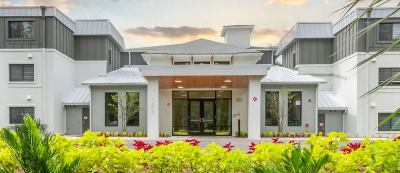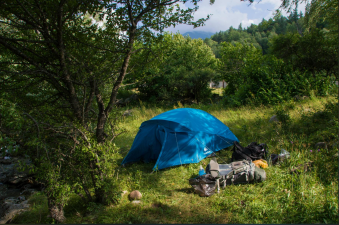
The Current Landscape of Low-Income Senior Housing
Low-income senior housing programs, such as HUD’s Section 202 Supportive Housing for the Elderly, are designed to address the housing needs of seniors aged 62 and older with limited financial resources. These initiatives, often administered by nonprofit organizations or local housing authorities, provide subsidized rental units in communities equipped with accessibility features and social services. While waiting lists for subsidized housing can be lengthy, some programs offer no waiting list options through partnerships with local governments or private developers. For example, projects like The Atrium at Sumner in New York City prioritize immediate availability for eligible applicants, with units allocated through lottery systems or direct referrals.
Advantages of Low-Income Senior Apartments
l Affordable Rent Structure:
Rents in these communities are typically set at 30% of the tenant’s adjusted income, ensuring housing remains financially manageable. This income-based model allows seniors to allocate resources to healthcare, food, and other essentials.
l Supportive Community Environment:
Many developments include on-site amenities like communal spaces, fitness centers, and transportation services. Programs such as Section 202 often integrate supportive services, including meal programs, housekeeping assistance, and wellness activities, fostering social engagement and independence.
l Safety and Accessibility:
Units are designed with seniors in mind, featuring grab bars, wheelchair accessibility, and emergency call systems. Communities prioritize safety through secure entry systems and 24/7 staff availability.
l Reduced Financial Stress:
By eliminating the burden of market-rate rents, these apartments provide stability, allowing seniors to age in place withou allowing seniors to age in place without compromising their quality of life.
Eligibility Criteria for Low-Income Senior Housing
To qualify for low-income senior apartments, applicants must meet specific criteria:
l Age Requirements:
Most programs require at least one household member to be 62 years or older.
l Income Limits:
Household income is typically capped at 50% of the area median income (AMI), though thresholds vary by location. For example, projects like Bishop Valero Residence in New York target applicants with incomes at 40–50% of AMI.
l Citizenship and Residency:
Priority is often given to U.S. citizens or legal residents, with local residency requirements in some cases.
l Health and Mobility Needs:
While not universally required, certain communities accommodate seniors with disabilities or limited mobility, offering specialized facilities and services.
Applying for Low-Income Senior Apartments
The application process varies by program but generally follows these steps:
l Research Local Programs:
Contact your local public housing agency (PHA) or visit HUD’s online resource portal to identify available options. Nonprofit organizations like Housing 21 and LowCostCaringHomes also manage affordable senior housing communities.
l Gather Documentation:
Prepare proof of age (e.g., birth certificate), income (e.g., Social Security statements), citizenship, and any medical documentation if applicable. Programs like Section 202 may require a doctor’s letter confirming the need for supportive services.
l Submit Applications:
Complete applications online, by mail, or in-person. Some projects, such as The Atrium at Sumner, accept applications during open enrollment periods and use lottery systems to allocate units.
l Interview and Assessment:
Selected applicants may undergo an interview to verify eligibility and discuss housing preferences. Programs like Section 202 prioritize seniors with the greatest need, such as those transitioning from homelessness or requiring assistance with daily activities.
l Move-In Process:
Upon approval, sign a lease and coordinate move-in logistics. Some communities require a security deposit, while others waive fees for low-income applicants.
Key Considerations for Applicants
l Avoid Scams:
Be cautious of unsolicited offers or requests for upfront fees. Legitimate programs, including Section 202 and Section 8, do not charge application fees.
l Understand Lease Terms:
Review rental agreements carefully, noting clauses related to income verification, maintenance responsibilities, and termination policies. Some programs require annual recertification of income.
l Leverage Support Services:
Take advantage of on-site amenities like meal programs, healthcare referrals, and social activities to enhance quality of life. For example, Bishop Valero Residence provides daily meals and fitness classes for residents.
l Plan for Future Needs:
While many communities support independent living, some offer transitional care options for seniors requiring increased assistance. Discuss long-term plans with housing coordinators to ensure continuity of care.
Conclusion
Low-income senior apartments provide a vital lifeline for older adults seeking affordable, supportive housing. By understanding eligibility criteria, leveraging government programs like HUD’s Section 202, and navigating the application process strategically, seniors can secure housing that balances affordability with dignity. Whether through no waiting list lottery systems or nonprofit partnerships, these communities offer a pathway to safe, inclusive living environments that prioritize health, independence, and community connection. With careful planning and proactive engagement, seniors can access the resources they need to thrive in their later years.













